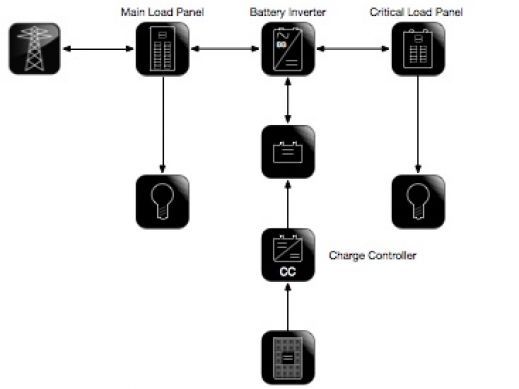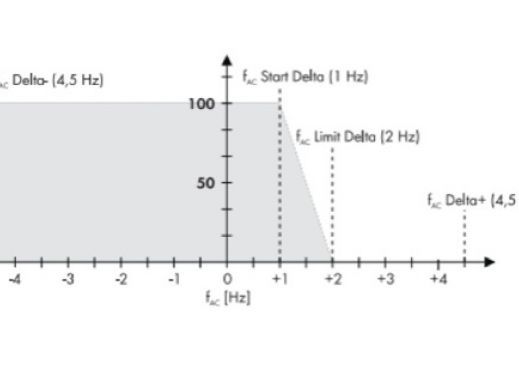
The gaining popularity of AC-coupled PV systems brings to light a subtle, yet key difference between the two types of inverters used in this system architecture. To start, what are the two types of inverters used in an AC-coupled system? The first is a battery-less grid-tied (GT) inverter, dedicated to inverting the photovoltaic DC source. These inverters are used in both AC-coupled and pure grid-tied PV systems that interact with the utility systems. They require the grid’s presence to operate (hint 1). The second type of inverter is a battery-based inverter, dedicated to inverting the battery. These inverters are used in PV systems where backup power is desired / required. Most battery-based inverters are able to operate with and without the grid (hint 2).
So, what is the subtle difference between these two inverters? Before answering this question, there is one more item to cover. Why an AC-coupled system?
Among many reasons one that stands out has to do with adopters of PV systems quickly learning that when the lights go out their PV systems go down (hint 3). This is due to anti-islanding requirements as outlined in UL 1741. The desire to maintain solar energy production of grid-tied PV systems during times of sunshine and power outages is resulting in an ever-increasing popularity of AC-coupled systems.
The subtle difference, finally, is that battery-less GT inverters cannot create an AC waveform. Instead, these inverters require a stable AC waveform to sync with to supply harvested solar power, essentially acting as current sources. Battery-based inverters, on the other hand, are able to create stable AC waveforms, essentially acting as voltage sources. In this role, the battery-based inverter is acting as the grid, supplying a stable AC waveform that the battery-less GT inverter can sync with to operate.
To illustrate this point the figure below presents two conditions, Grid Up and Grid Down. In the first condition, the battery-less GT inverter is syncing with the AC waveform supplied by the utility. This is presented as a red signal arrow. In the second condition the battery-based inverter acts as the grid for the battery-less GT inverter. The battery-based inverter is providing a stable AC waveform for the battery-less GT inverter to sync with (as well as providing the critical loads panel with backup power).

In summary, AC-coupled systems employ two types of inverters, a battery-less GT inverter and a battery-based inverter. The battery-less GT requires an AC waveform to supply renewable energy. The AC waveform is provided either by the utility or the battery-based inverter. When the grid goes down the battery-based inverter takes over and keeps the batter-less GT inverter functional. Because there are many other differences between these inverters and there are many system characteristics to consider when designing AC-coupled systems we will explore a more in-depth examination of an AC-coupled system in a future article. Especially, since these systems gain in popularity with owners who want to add battery-backup functionality to their existing systems.



